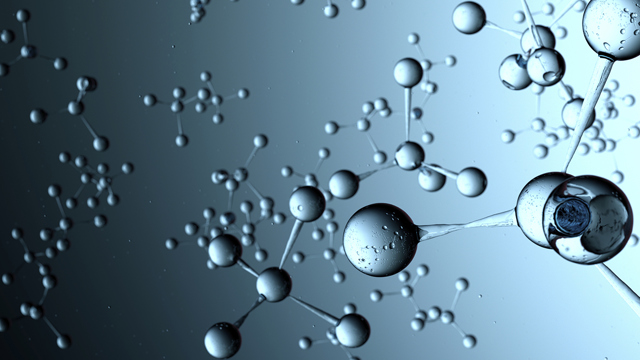
The illness is often a build-up of signs that are triggered by a single or group of malfunctioning cells. In diabetics, insulin cells are dysfunctional or not present and no glucose is allowed into the cells. Without any glucose, ATP, the energy produced by mitochondria and used throughout the body, can not be developed. The most promising scientific research today is concentrating on discovering these minute flaws and treating them with similarly minute treatments.
In molecular biology, the most crucial piece of information comes directly from the blood or other physical fluids, residues, and developments such as hair. That's right, we're talking about DNA and genes. Every individual's genetic code can disclose a wealth of details however right now that details is so massively overwhelming in size that just a little portion of code and its results are known. The real amount of code ingrained into DNA would be surprisingly little if converted into computer system bits, but the method the body decodes this details offers its intricacy. Medical research study is advancing in its understanding of how the body translates these often worthless and apparently random bits of info.
To check a small batch of DNA the sample initially needs to be amplified utilizing a process call polymerase domino effect or PCR. PCR increases the quantity of DNA in the sample by using the body's natural procedure for duplicating DNA in the body just this is performed in a test tube. A particular part of the DNA is selected for amplification, this is typically where a particular gene is situated that the researchers understand is connected to the condition they are searching for. There are no extensive tests yet, each gene has to be particularly searched for making this a challenging procedure.
As soon as the target section has actually been defined a mix that includes DNA polymerase is included which when repeatedly heated and cooled copies the targeted section of DNA countless times produced ample material to work with. Once there is sufficient test material the DNA is taken into an electrified agarose gel that functions as a filter, only permitting small sized sections to proceed through it prior to it slowly stops them. If the targeted gene remains in the DNA it will stop at a specific point in the gel and can be compared to known samples to identify if the gene is there or not. Finding these genes enables clinical research study to find ideal treatments as well as finding how these molecules interact with each other.
Molecular biology depends not only on biology but likewise chemistry, genes, and biochemistry. PCR increases the amount of DNA in the sample by using the body's natural procedure for replicating DNA in the body only this is done in a test tube. Once the target section has been specified a mix that includes DNA polymerase is added which when repeatedly heated up and cooled copies the targeted section of DNA thousands of times created adequate product to work with. PCR expands the quantity of DNA in the sample by making usage of the typical procedure of DNA Pall duplication in the body but this is performed in a test tube. On the spec of the target section, a mixture consisting of DNA polymerase is included that on duplicated heating and cooling replicates the targeted section of DNA many times and produces sufficient material to be worked with.